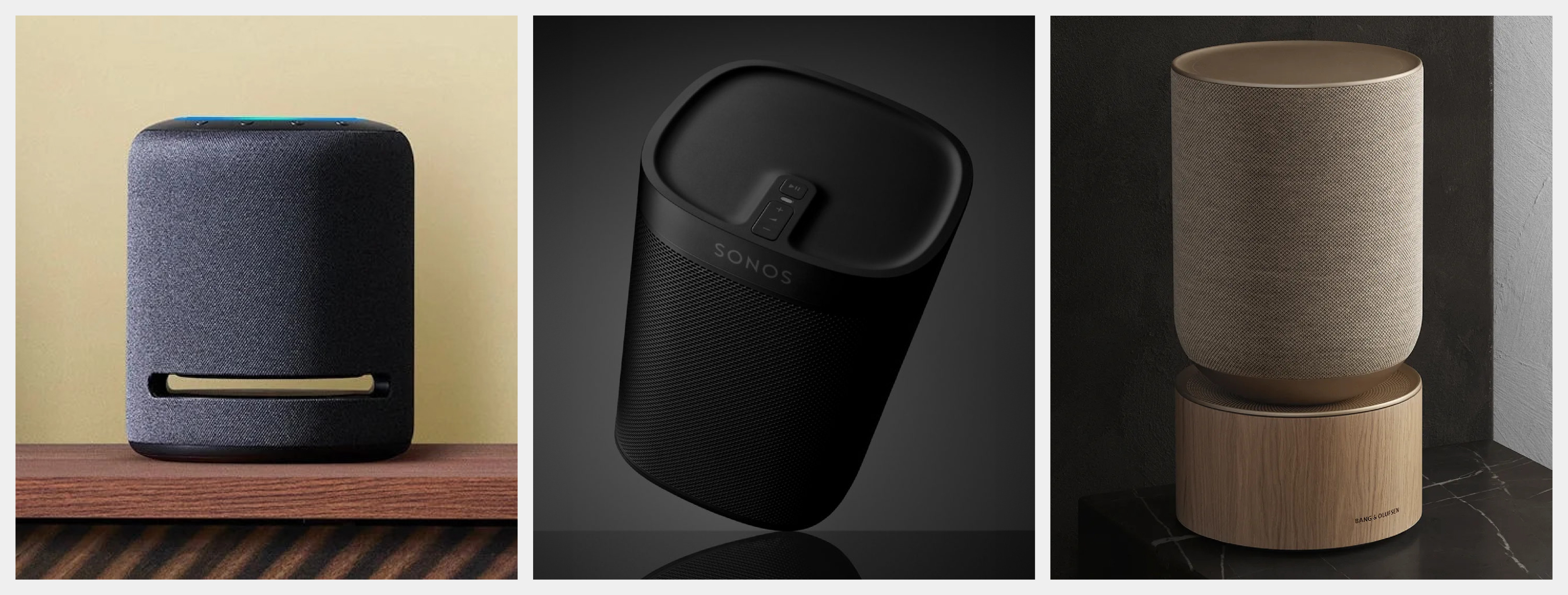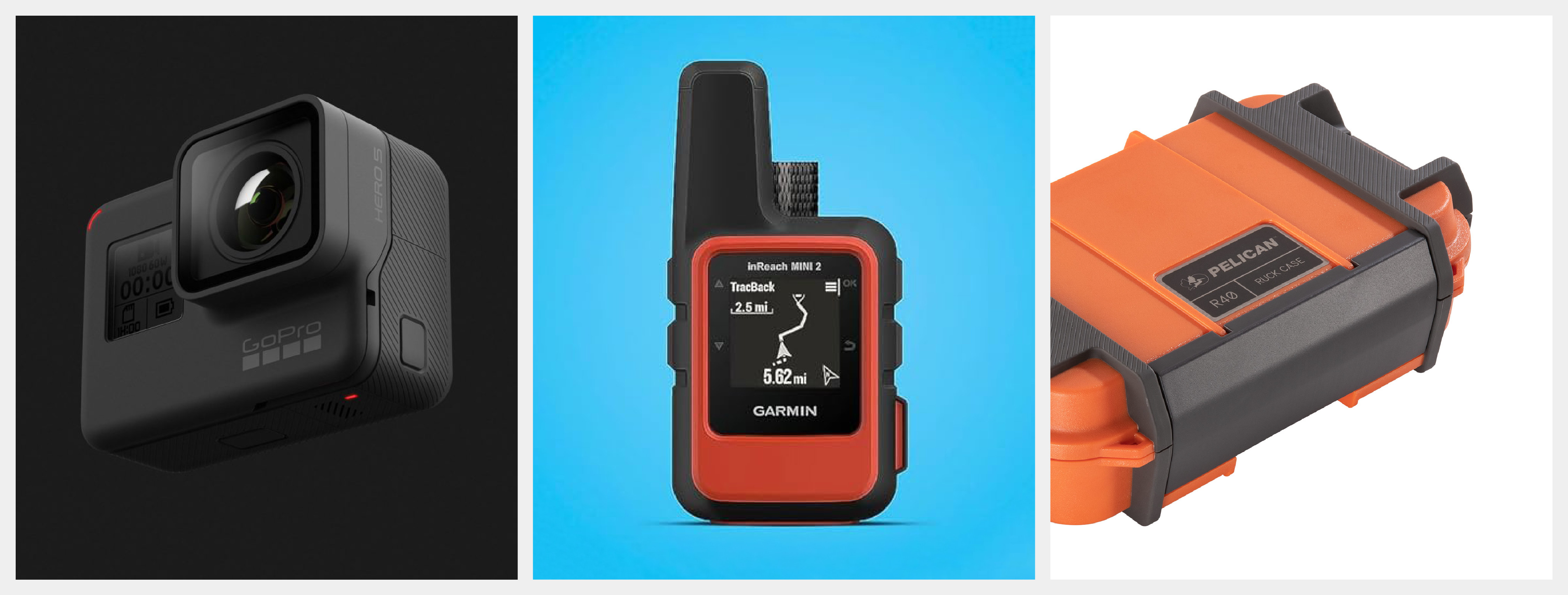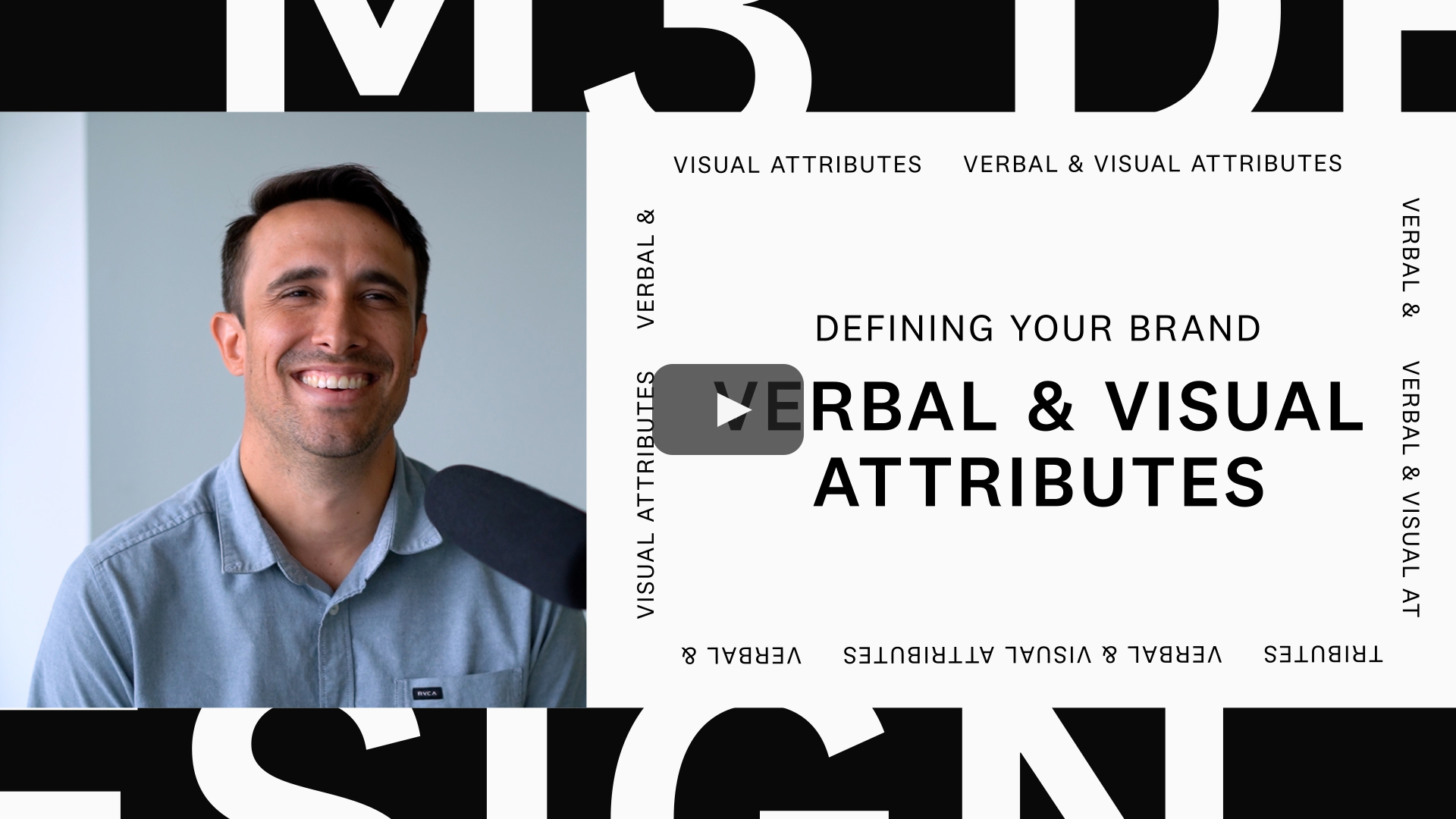
Article
The Role of Verbal and Visual Brand Attributes in Bringing Your Product Vision to Life
Defining your product’s verbal and visual brand attributes (VBAs) is a key when kicking off a product development process. Learn about leveraging your VBAs.
Prior to kicking off a product development engagement, you’ll likely spend a significant amount of time on the nitty-gritty (and perhaps tedious) details of project management. From creating your timeline and budget to hammering out your PRD, there are countless tasks to complete before you can officially get started.
But coming to the kickoff table is when the fun part of product development begins. To set the stage for initial concept development, we’ll go through a series of exercises and discussions that help us better understand where your products and brand currently are and where you want them to go. This helps us align around the verbal and visual brand attributes (VBAs) that will make your product vision a reality.
Sometimes clients don’t understand the value of the VBA exercise. And other times, our kick-off meetings are so jam-packed that we end up not having enough time to do the exercise properly. But without it, clients miss out on an opportunity to a) get excited about their product’s potential and b) speed up the overall concept phase.
When clients do make time for our VBA exercise, they absolutely love it. In fact, it often becomes the most exciting and enjoyable part of the journey. Here’s a glimpse at why a relatively tiny piece of our process can make an outsized impact on your product’s outcome.
The Value of VBAs in Product Development
Verbal and visual brand attributes inform your product’s direction and help your design team move quickly into meaningful concept generation. They serve as a guiding light throughout the concept phase and beyond to ensure we design your product in a way that:
- Meets your overarching business objectives.
- Lines up with your success drivers.
- Looks and feels like your desired outcome.
The last thing we want is to deliver a concept that comes as an unwanted surprise. Hammering out your verbal and visual brand attributes early puts us on the right path and gives us something tangible to refer back to when questions or stakeholder conflicts arise.
What Verbal and Visual Brand Attributes Are — And How They Work Together To Inform Your Concept
Verbal brand attributes are the words or phrases that best describe your product. They establish what the design of your product communicates to the user about the product experience and about your brand. Some examples of verbal brand attributes could be elegant, rugged, or reliable.
Visual brand attributes are just what they sound like — the visual representation of those adjectives. They help us interpret your verbal brand attributes and validate (or challenge) the assumptions we make about each one. By selecting images that connect to your verbal brand attributes, we can get a clearer picture of the design choices that will work best for your product.
To better understand how verbal and visual attributes work together, let’s walk through a few examples:
Consider three different home Bluetooth speakers, each embodying “elegance” in its own way.

- Amazon Echo Studio: Elegance through simplicity. Its smooth, cylindrical form and seamless surface convey a sense of refined minimalism.
- Sonos One: Elegance through subtlety. Its understated sculptural form, monochromatic palette, and emphasis on functionality create a sophisticated presence.
- Bang & Olufsen Beosound Balance: Elegance through luxury. High-end materials and a heavily sculptural form reminiscent of fine furniture elevate the speaker to an art piece.
Now let’s look at three products that embody “rugged” in different ways.

- GoPro Hero: Ruggedness through texture. Its grippy, textured elements convey strength and durability.
- Garmin inReach Mini 2: Ruggedness through profile. Stylized chamfering and a robust build emphasize toughness and ergonomics.
- Pelican R40 Personal Utility Ruck Case: Ruggedness through contrast. The distinctive overmold design screams protection and resilience.
These examples illustrate why visual and verbal attributes must work in tandem. Simply describing your product as “elegant” or “rugged” isn’t enough – we need to understand how you want to visually express those qualities. This alignment between verbal concepts and visual execution is crucial for creating a product that truly embodies your vision.
Bridging the Gap: The Car Brand Exercise
To help clients who struggle with the concept of VBAs, we often use a relatable exercise involving car brands. We walk through major automotive brands, showing how each has distinct verbal and visual attributes. For example:
- Toyota: Dependable and reliable, communicated through consistent, practical designs and long-lasting materials.
- Tesla: Futuristic and high-tech, expressed through sleek lines, minimalist interiors, and cutting-edge features.
- Jeep: Adventurous and capable, conveyed through rugged exteriors, high ground clearance, and robust construction.
We then ask clients, “If your product or brand was a vehicle, what would it be?” This question often sparks insightful discussions about their brand’s personality and desired visual language, helping to bridge the gap between abstract concepts and tangible design elements.
VBAs as a Communication Tool
The VBA exercise is fundamentally about alignment. It’s a powerful communication tool that gets clients and designers speaking the same language and understanding shared ideas. By engaging in this process, clients begin to think like designers, considering how abstract qualities can be translated into physical features.
This alignment is important because it:
- Reduces misunderstandings and prevents surprises later in the process.
- Helps stakeholders articulate their vision more clearly.
- Gives designers a concrete framework to guide their creative process.
- Provides a reference point for evaluating concepts and making decisions.
Verbal and Visual Brand Attributes in Action
So, how do we go about selecting the verbal and visual brand attributes that will inform your product’s direction? What does it mean to review ideas on a “mild to wild” spectrum? And what’s it like to participate in this exercise as a client?
We could tell you. But in this case, it makes more sense to show you.
VBAs establish a baseline that helps build consensus. Getting everyone on the same page about the vision for the product — and aligning everyone’s expectations of how that vision will manifest physically — is critical.
That’s why the VBA exercise must be so collaborative. Collaborating with our clients from concept to completion is a cornerstone of our process — and truth be told, it sets us apart from many other design firms out there.
Yes, any design firm you work with will likely use a brainstorming process like ours to inform their designs. But many don’t share where their thinking and inspiration come from. Furthermore, it’s not uncommon for firms to take your PRD, disappear, and stage a grand reveal months later. That works out sometimes — but other times it becomes a spectacular failure.
Again, the last thing we want is to surprise you with a concept that feels totally wrong. Aligning around VBAs early and referring back to them throughout the concept phase is a critical part of achieving the best possible outcome: a design you love for a product your audience wants to use.
Embrace the Power of VBAs and Get Excited About Your Product’s Direction
Participating in the process of defining your product’s verbal and virtual brand attributes typically only takes an hour or two. But that small amount of time goes a long way in enabling us to deliver viable, on-point concepts more quickly.
Perhaps just as importantly, this exercise is fun. It generates excitement, enthusiasm, and energy among your internal team for the process that lies ahead. It casts a vision for your product that becomes a foreshadowing of its future success. By engaging in the VBA process, you’re not just describing your product – you’re learning to see it through a designer’s eyes, setting the stage for a truly collaborative and successful development journey






